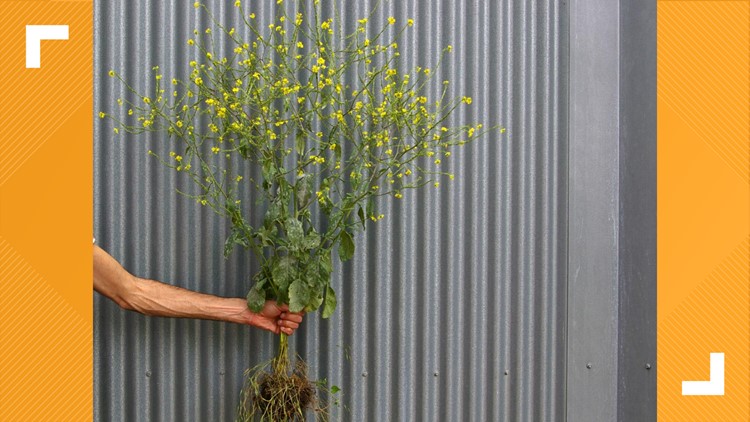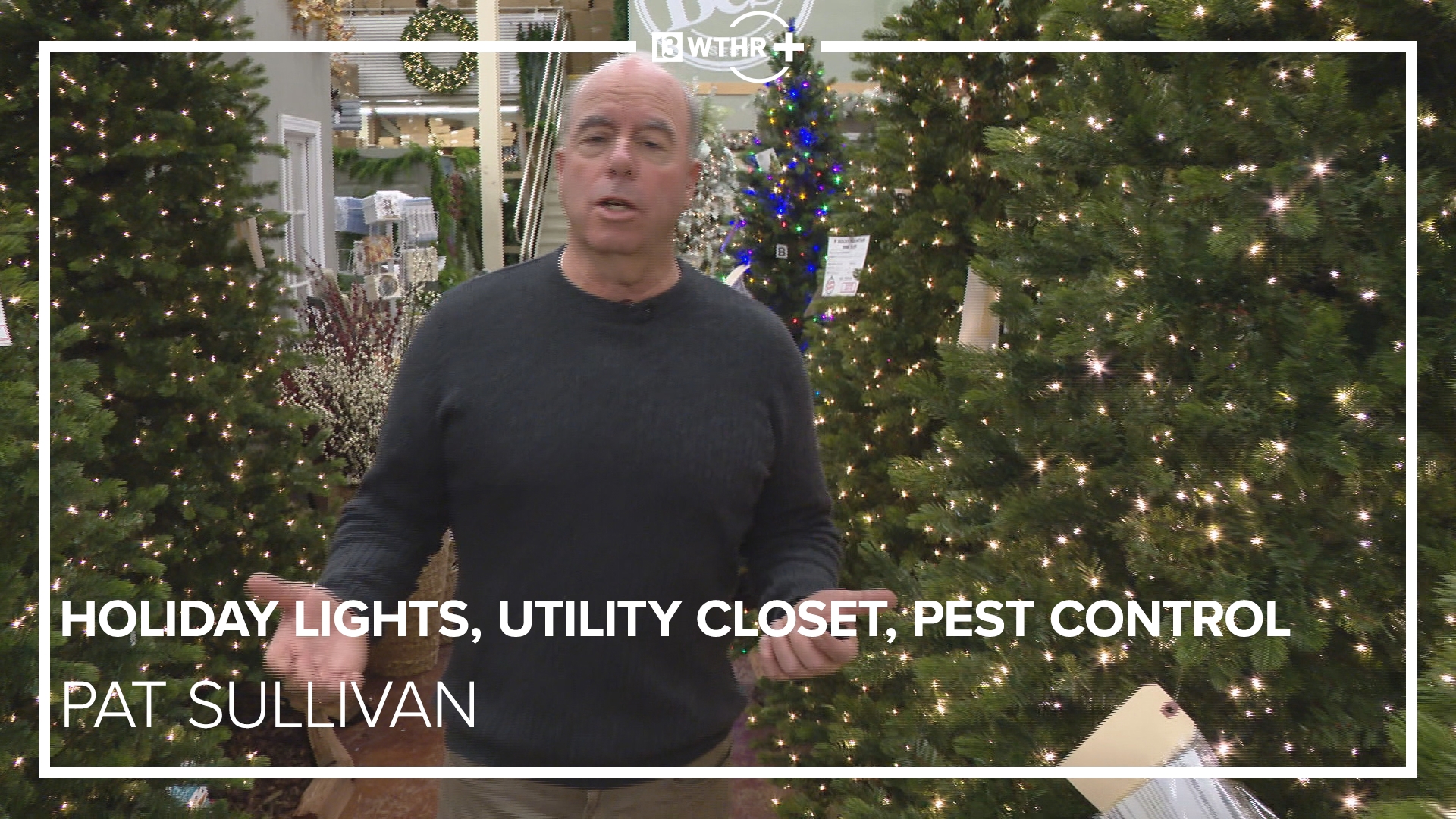AUSTIN, Texas — You've probably seen it: a collection of small, bright yellow flowers that could be mistaken as one of our beloved Texas wildflowers. But actually, bastard cabbage poses a threat to the flowers we'd like to keep around.
According to Lee Clippard, the executive director of the Lady Bird Johnson Wildflower Center, the invasive plant outcompetes native wildflowers by blocking the sun. It especially likes areas like roadsides and lands cleared for development – the same spots where bluebonnets thrive.
Clippard said there are a few options for getting rid of bastard cabbage, though all of them take a little work.
You can pull the individual plants out by hand – but be sure to get the entire plant and do it before it goes to seed. You can also mow bastard cabbage to remove some, but not all, of the flowers and to reduce the amount of seed – but mowing won't remove all the seed stored in the ground.
Finally, Clippard said if you're dealing with a huge field of bastard cabbage, "the harsh truth is that you might need to consider spraying with herbicides."
What should you do once you've removed all your bastard cabbage? Plant more native seeds, according to the wildflower center. Research shows that bastard cabbage populations were dramatically reduced in places that were heavily seeded with Indian blanket, one of our state's top native wildflowers.
You can also prevent bastard cabbage from returning by cleaning your topsoil and washing your vehicles to make sure you're not bringing anything back to your yard from contaminated sites.
What about other invasive plants?
Bastard cabbage isn't the only invasive plant that poses a threat to our native wildflowers – but there are things we can do to limit their spread.
First, the wildflower center said before you remove any invasive plant species, you should check with the Texas Department of Agriculture and Texas Parks and Wildlife Department to see which species can be transported and disposed of without a permit. Sightings of certain invasive species should also be reported to Texas Invasives.
Once you're in the clear for removal, the wildflower center said invasive plants can be treated in various ways, including physical removal or using herbicides and more complex methods like grazing, over-seeding with native plants, solarization and prescribed burning.
The most straightforward way to get rid of these plants is to pull them out by their roots, either by hand or using a gardening tool like a shovel or a hoe. For maximum effectiveness, pull the plants out before they seed or their fruit ripens.
Once you've pulled the plants out, what should you do with them? The wildflower center said there are a couple of easy disposal methods.
You can bag the plants in contractor-grade garbage bags and leave them out in the sun to bake. Then, when they're dried out, the plants can be tossed in the trash.
For woody plants, you can use a chipper and turn them into mulch. But you should only do this when fruits aren't present, to prevent spread.
The center said that composting invasive plants isn't typically recommended, but composting the vegetative parts of the plants, without seeds or fruits, is usually OK.



